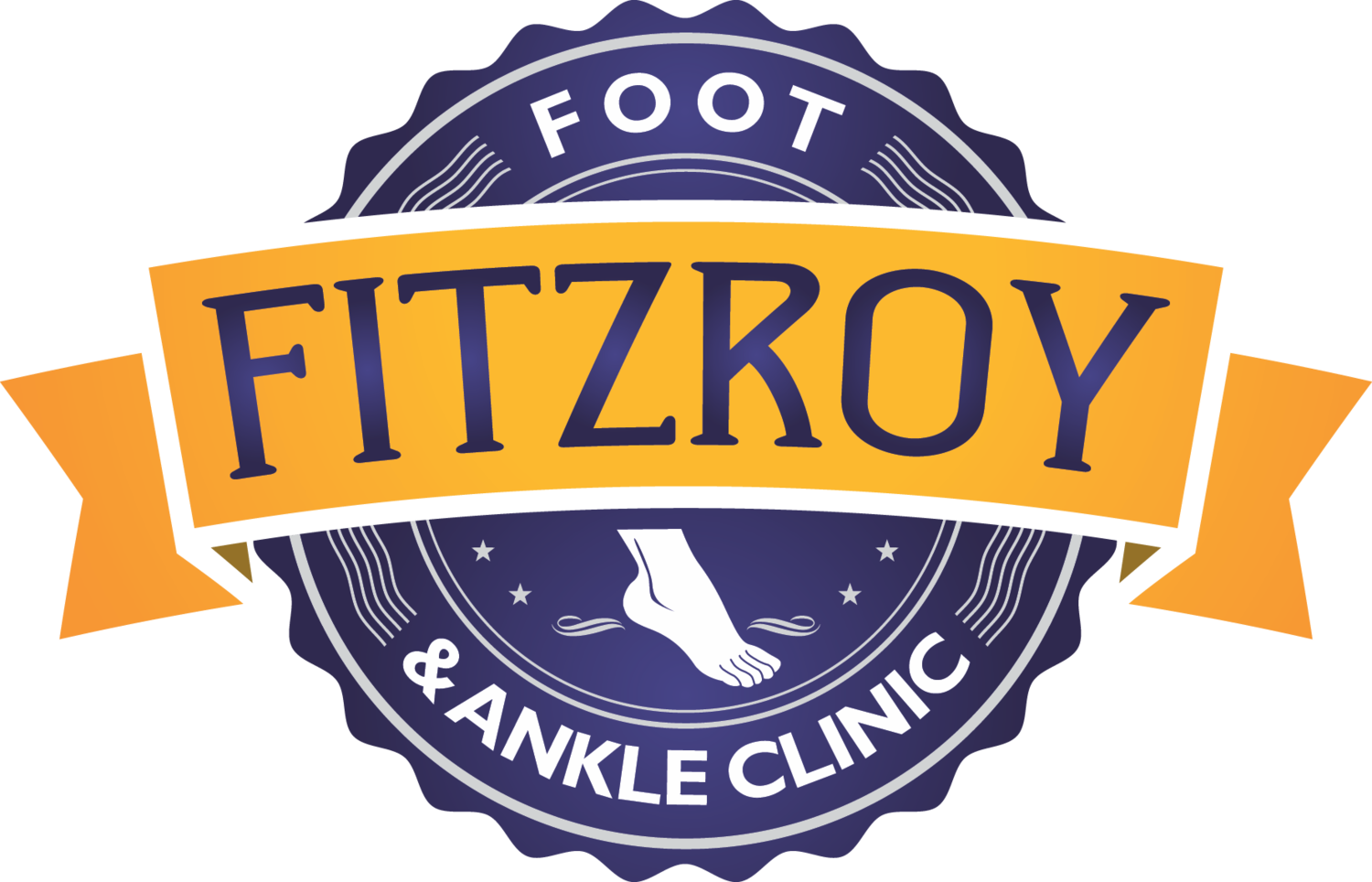An ankle sprain can be a painful and frustrating injury that can significantly impact your daily life. Whether it happened during a sports activity, a simple misstep, or an unfortunate accident, proper care and attention are essential to ensure a smooth and speedy recovery. To help you on your road to healing, we'll discuss five common mistakes to avoid after an ankle sprain.
1.Ignoring the ankle sprain
One of the most common mistakes people make after an ankle sprain is ignoring the injury or downplaying its severity. Ankle sprains range from mild to severe, and even a seemingly minor sprain can have lasting consequences if not treated properly. Ignoring pain and swelling can lead to chronic instability, weakness, and even long-term joint damage.
What to do instead: take any ankle injury seriously. Consult our podiatrists to assess the extent of the injury and provide guidance on treatment and rehabilitation. Ignoring an ankle sprain can lead to more significant problems down the road.
2. Skipping Rest and Immobilisation
Rest and immobilisation are critical components of the healing process after an ankle sprain. However, many individuals make the mistake of trying to "power through" the pain or resume normal activities too soon. Failing to rest and allow the ankle to heal can lead to further damage and prolong recovery time.
What to do instead: follow the R.I.C.E. protocol (Rest, Ice, Compression, Elevation) in the initial days following the injury. Use crutches or a brace to immobilize the ankle, and perform weight-bearing activities as guided by our podiatrists. Adequate rest and immobilization will give your ankle the time it needs to heal.
3. Neglecting Rehabilitation Exercises
Rehabilitation exercises play a crucial role in restoring strength, flexibility, and stability to the injured ankle. Many people make the mistake of neglecting these exercises, either out of impatience or a belief that their ankle is "good enough" without them. Without proper rehabilitation, you risk re-injury and long-term weakness.
What to do instead: follow our podiatrist recommendations for rehabilitation exercises. These exercises can help you regain strength and range of motion in your ankle, reducing the risk of future sprains. Be consistent and patient with your rehabilitation routine.
4. Returning to Normal Activities Too Soon
It's natural to want to get back to your regular activities as quickly as possible, but returning to them too soon is a common mistake after an ankle sprain. Rushing the recovery process can lead to setbacks, reinjury, and chronic issues.
What to do instead: Our podiatrists can provide guidance regarding when it's safe to return to specific activities, such as sports or strenuous exercises. Gradually reintroduce activities, and be attentive to any signs of pain or instability. It's essential to be patient and prioritize your long-term health over short-term desires.
5. Failing to Address Underlying Issues
An ankle sprain can sometimes be a sign of underlying issues, such as weak muscles, poor balance, or improper footwear. Failing to address these factors can increase the risk of future ankle sprains.
What to do instead: work with our podiatrists to identify any underlying problems contributing to your ankle sprain. We can help you develop a personalised plan to address these issues and reduce the risk of future injuries.
Recovering from an ankle sprain requires time, patience, and proper care. Avoiding these common mistakes—ignoring the injury, skipping rest, neglecting rehabilitation exercises, returning to normal activities too soon, and failing to address underlying issues—will help ensure a smooth and complete recovery. Remember that consulting our podiatrists is essential for proper diagnosis and treatment of your ankle sprain. By taking the right steps, you can get back on your feet and prevent future ankle problems.


